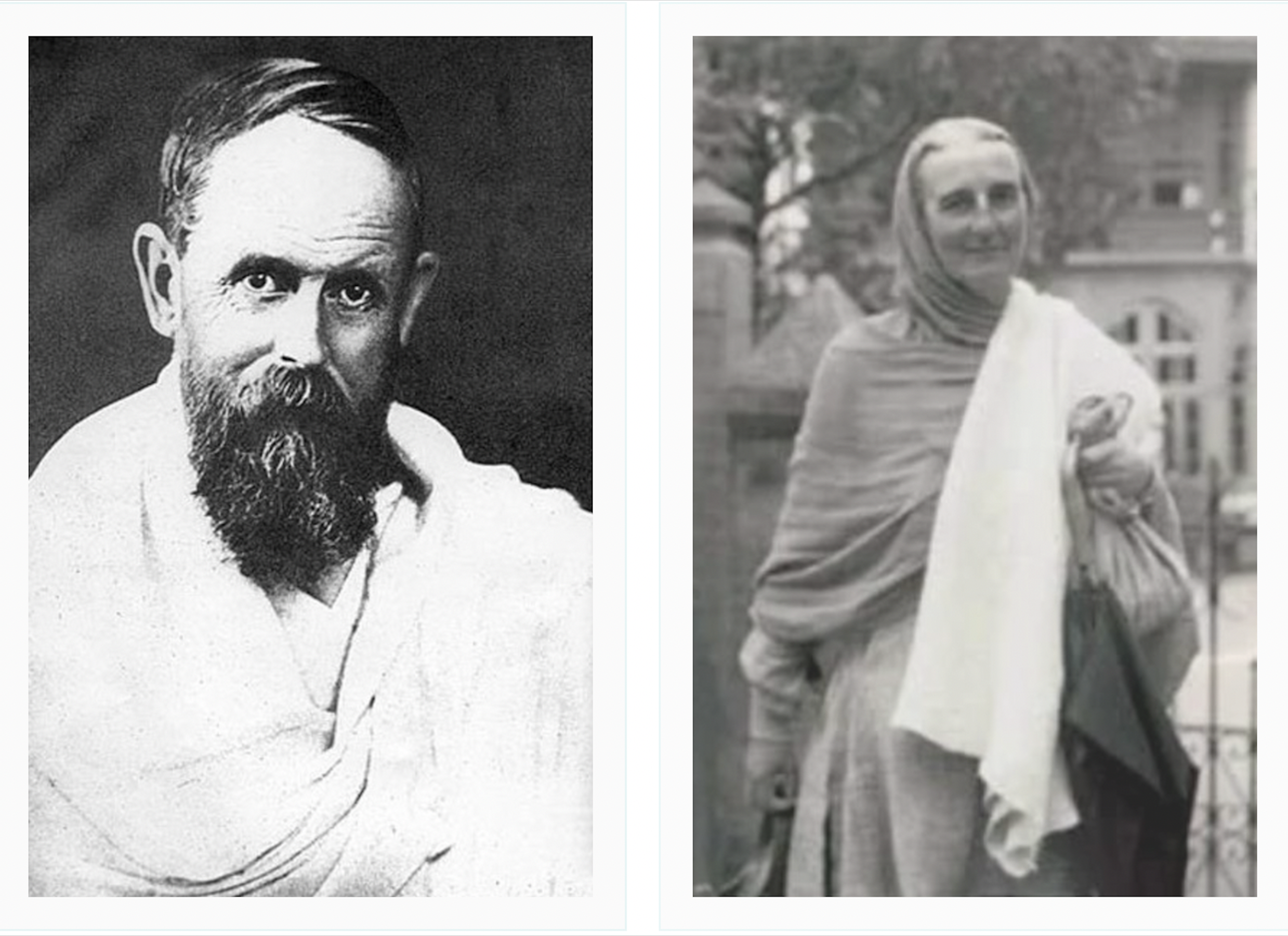By Lynn Burnett
In 1904, a British priest named Charles Freer Andrews traveled to India. Troubled by the degrading way the English treated the Indians, he began to preach that true Christians would never seek to dominate or control others. Before long, this man joined the struggle to liberate India, causing him to be considered a traitor by his own people. Fighting for the rights of all Indians, he traveled to China, Fiji, and South Africa, where South Asians worked under slave-like conditions. In South Africa, he met Gandhi, became one of his closest friends, and stayed by his side as one of his chief advisors for over two decades.
During those years, W.E.B. Du Bois developed a correspondence with Charles Andrews. The two men met for the first time in 1929, when Charles arrived in the United States. While in the U.S., Charles toured Black universities, lecturing on the nonviolent resistance strategies Mahatma Gandhi was using to force the British out of India. Although many Black Americans questioned whether those tactics could be adapted to their own freedom struggle, they were also intrigued and inspired. Gandhi’s disciple cultivated ties with Black leaders, and then returned to India where he informed Gandhi of the brilliance of Black leadership and the potential for revolutionary nonviolent civil disobedience in the U.S. It was through Charles Andrews that W.E.B. Du Bois – and George Washington Carver – were put in direct correspondence with Gandhi.
In 1935, another European disciple of Gandhi’s named Madeleine Slade – who Gandhi had given the spiritual name Mirabehn – arrived in the United States. Mirabehn met with the great Black mystic and theologian, Howard Thurman… who then traveled to India to meet directly with Gandhi. Howard Thurman would later have an enormous impact on Martin Luther King, who reportedly carried Thurman’s book Jesus and the Disinherited with him everywhere he traveled… reading it so often that the pages became tattered and worn.
Note: This is mostly excerpted from my longer article describing these events, When Martin Luther King’s Mentors Met with Gandhi.
Additional Resources
Correspondence
Charles Andrews correspondence with W.E.B. Du Bois (here and here).
Books
Charles Freer Andrews:
- The Relation of Christianity to the Conflict Between Capital and Labour.
- The Claim for Independence: Within or Without the British Empire.
David McI Gracie: Gandhi and Charlie: The Story of a Friendship.
Madeleine Slade: The Spirit’s Pilgrimage.
Nico Slate: Colored Cosmopolitanism: The Shared Struggle for Freedom in the United States and India.
Articles
Britannica:
Dan Buttry: Charles Freer Andrews.
Lynn Burnett:
- When Martin Luther King’s Mentors Met with Gandhi.
- Gandhi’s Connections with Booker T. Washington, W.E.B. Du Bois, and Marcus Garvey.
Gitta Sereny: A Life With Gandhi.
Wikipedia:
